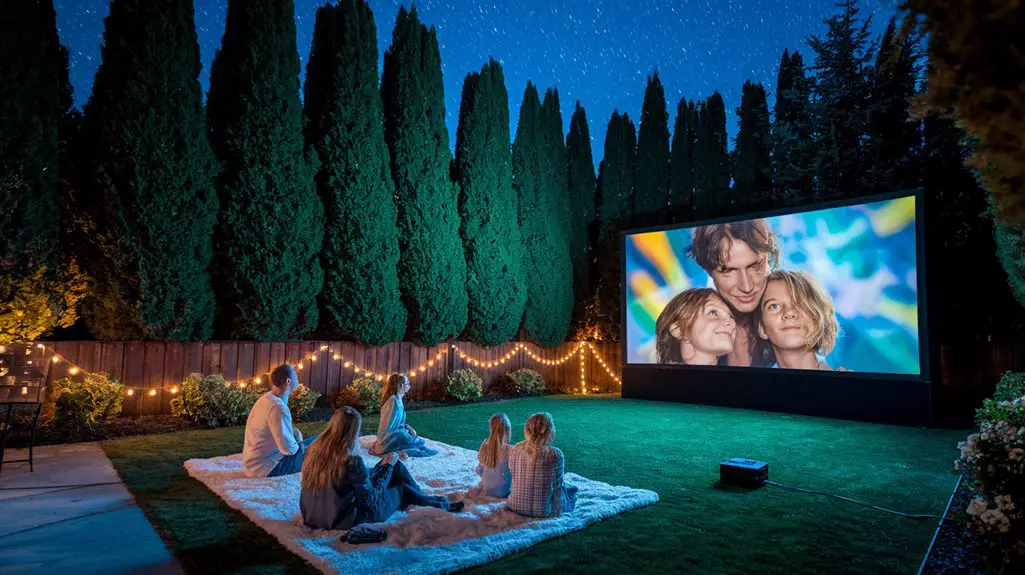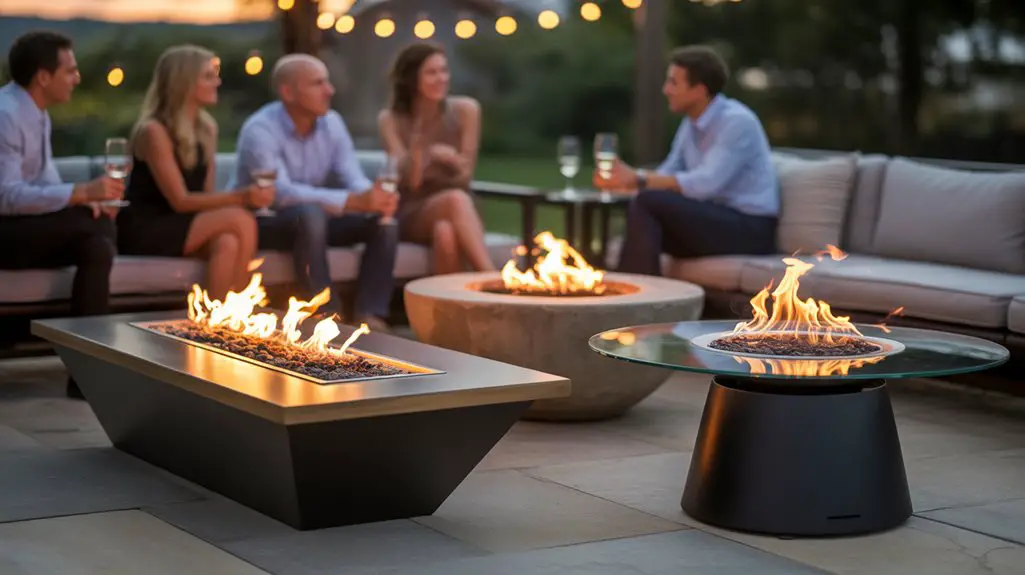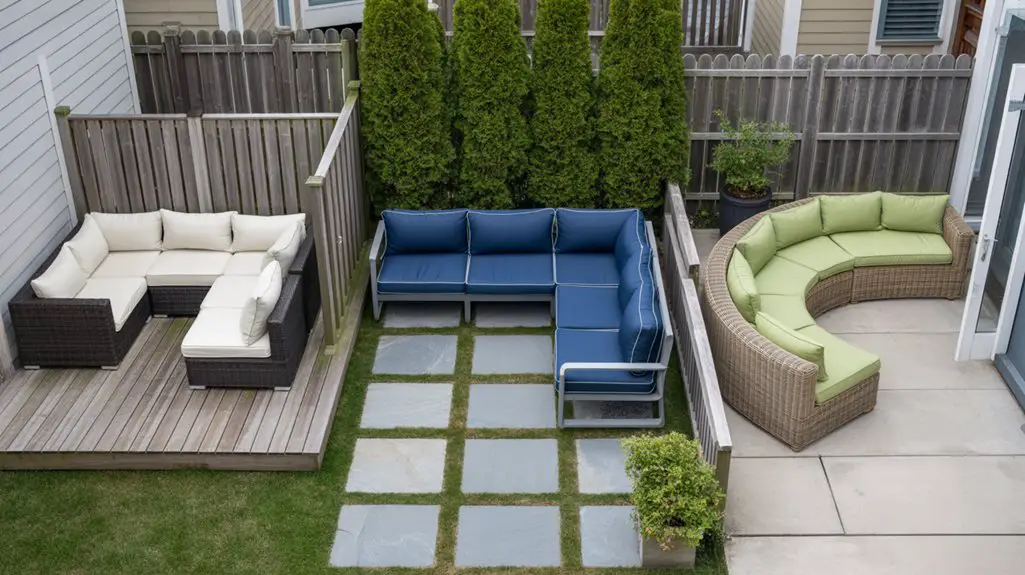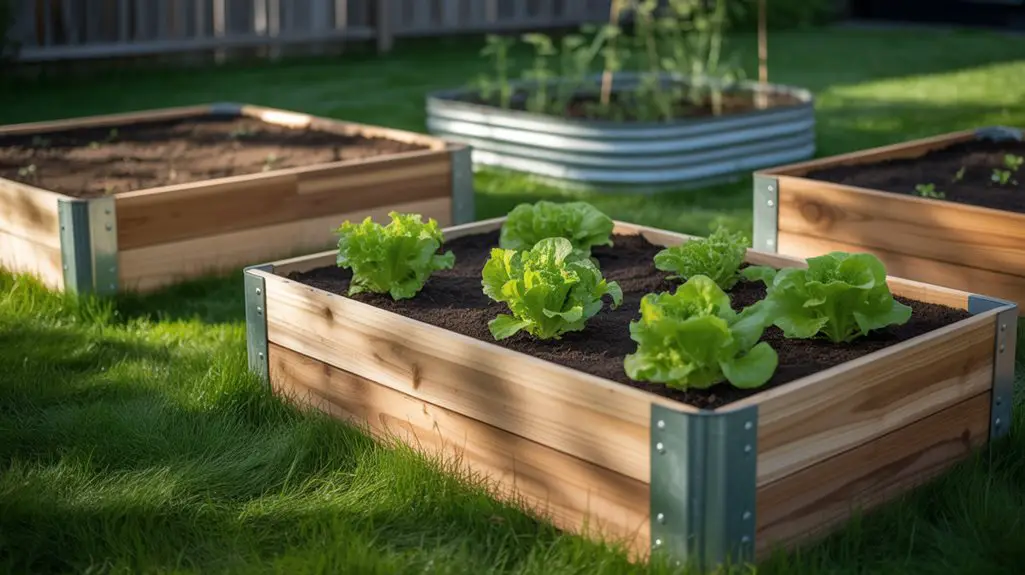You’ll face unique challenges when projecting images outdoors that indoor environments don’t present. Ambient light, weather conditions, power availability, and viewing distances all affect your outdoor projection quality. The wrong projector can leave your audience squinting at washed-out images or scrambling for cover when rain threatens your equipment. Selecting a projector specifically designed for outdoor use isn’t just about better picture quality—it’s about ensuring your outdoor entertainment continues uninterrupted regardless of what nature throws your way.
Understanding Brightness Requirements for Outdoor Viewing
Three key factors determine brightness requirements for outdoor projection: ambient light, screen size, and viewing distance.
For outdoor use, you’ll need projectors with at least 3,000-4,000 lumens at dusk and 6,000+ lumens for daytime viewing. Ambient light drastically reduces image visibility, so higher brightness combats this interference.
Screen size affects brightness distribution—larger screens require more powerful projectors as the same light spreads across a greater area. A 120″ screen needs approximately double the brightness of a 60″ screen to maintain equivalent image quality.
Your viewing distance also matters. While closer viewing allows for lower brightness, outdoor settings typically involve greater distances.
Calculate approximately 100 additional lumens for every foot beyond ideal viewing distance to maintain image clarity and color accuracy.
Weather Resistance Features to Look For

While brightness guarantees visibility in various lighting conditions, your projector’s durability against environmental elements determines its longevity in outdoor settings.
When selecting an outdoor projector, prioritize IP (Ingress Protection) ratings of at least IP43 for minimal dust and light water resistance. Premium models offering IP65 or higher provide extensive protection against both dust and water jets.
Consider these essential weather resistance features:
- Sealed ports and compartments that prevent moisture infiltration during sudden weather changes
- Temperature operating ranges that accommodate both freezing winters and scorching summers
- Impact-resistant casings that withstand accidental drops on uneven outdoor terrain
Additionally, look for corrosion-resistant materials and specialized coatings that prevent UV damage.
Thermal management systems with efficient heat dissipation will protect internal components during extended operation in variable outdoor conditions.
Optimal Screen Size and Projection Distance

When determining the ideal projection setup for outdoor viewing, you’ll need to carefully balance screen size with projection distance to achieve the best viewing experience. The throw ratio of your projector determines how large an image will be at a specific distance.
| Projection Distance | Recommended Screen Size |
|---|---|
| 6-8 feet | 80-100 inches |
| 9-12 feet | 100-120 inches |
| 13-16 feet | 120-150 inches |
| 17-20 feet | 150-180 inches |
| 21+ feet | 180+ inches |
For maximum visibility, verify your throw distance matches your projector’s specifications. Short-throw projectors require less space but may cost more, while standard projectors need greater distance but offer better value. Consider your audience size when selecting screen dimensions—larger groups require bigger screens.
Battery Life and Power Solutions for Remote Areas
How can you guarantee your outdoor movie night doesn’t unexpectedly go dark? When selecting a projector for remote locations, battery capacity becomes critical. Most portable projectors offer 2-4 hours of runtime, requiring strategic planning for feature-length films.
Consider dedicated battery systems with 20,000+ mAh capacity for extended presentations.
Power alternatives include:
- Solar charging stations (100W minimum) that provide sustainable energy while evoking environmental responsibility
- Portable generators (1000W+) offering reliable power with the satisfying hum of independence from the grid
- Power inverters connected to vehicle batteries delivering convenience with the comforting knowledge you won’t be stranded without entertainment
For truly remote setups, layered solutions combining multiple power sources guarantee uninterrupted projection while maintaining peak brightness levels.
Connectivity Options for Various Devices
Now that you’ve secured reliable power for your outdoor projection setup, connecting your content sources becomes the next technical challenge.
Modern projectors offer multiple connectivity options including HDMI, USB-C, wireless casting, and legacy inputs.
HDMI remains the standard for high-definition transmission, supporting 4K signals with minimal latency. USB-C provides a single-cable solution for both power and video on compatible devices.
For wireless operation, look for projectors with built-in Wi-Fi, Bluetooth, Miracast, or dedicated apps that support iOS/Android mirroring.
Some outdoor-optimized projectors feature SD card slots and integrated media players, eliminating external device requirements entirely.
When selecting your projector, prioritize connectivity that matches your primary content sources while considering the environmental limitations of wireless signals in open spaces.
Resolution and Image Quality Considerations
The resolution of your outdoor projector directly impacts the viewing experience, with several key specifications determining image quality in open-air environments.
When selecting outdoor projection equipment, prioritize native resolution (1080p minimum for modern content) over interpolated numbers that artificially inflate specifications.
Ambient light resistance capabilities require higher brightness levels (measured in ANSI lumens) to maintain color accuracy and contrast ratios.
- Experience cinema-quality visuals under the stars with 4K resolution, transforming your backyard into an immersive entertainment sanctuary
- Feel confident hosting neighborhood movie nights with HDR-compatible projectors that deliver vibrant colors even during dusk viewing conditions
- Enjoy worry-free viewing with contrast ratios exceeding 2000:1, ensuring text remains crisp and shadows retain detail in partially lit environments
Sound System Integration for Backyard Theaters
While projectors typically include built-in speakers, their output rarely delivers sufficient volume or clarity for outdoor environments where ambient noise and open acoustics present unique challenges. You’ll need a dedicated sound system to complement your outdoor projection setup.
A well-integrated sound system can significantly enhance the overall experience of your backyard movie setup for kids’ parties.
| Audio System Type | Typical Range | Best Application |
|---|---|---|
| Bluetooth Speakers | 30-100 ft | Small gatherings |
| Powered PA Speakers | 100-300 ft | Medium yards |
| Home Theater Receivers | 50-150 ft | Permanent setups |
| Weatherproof Speakers | 75-200 ft | Year-round use |
| Wireless Surround | 30-75 ft | Immersive experience |
Connect your audio system to the projector via HDMI ARC, optical output, or Bluetooth, depending on your equipment’s capabilities. For ideal sound distribution, position speakers at ear level and consider acoustic barriers to prevent disturbing neighbors.
Portability and Setup Ease for Outdoor Use
Considering how outdoor projection often requires moving equipment between storage and viewing areas, portability becomes a crucial factor when selecting a projector for outdoor use.
Evaluate weight specifications, built-in carrying handles, and included transport cases when comparing models. Compact projectors under 5 pounds offer significant mobility advantages while maintaining adequate brightness for dusk viewing.
Setup efficiency directly impacts your outdoor viewing experience.
Look for models featuring quick-start technology, auto-focus capabilities, and wireless connectivity options. Projectors with minimal cable requirements and automatic keystone correction reduce setup time to under five minutes.
- Feel the freedom of spontaneous movie nights without complex preparation rituals
- Experience confidence knowing your equipment won’t fail when friends gather
- Enjoy more viewing time rather than fighting with complicated technical adjustments
Budget-Friendly Options That Don’t Sacrifice Quality
Many potential outdoor projector buyers mistakenly assume that quality outdoor projection requires a substantial financial investment. In reality, several manufacturers now offer budget-conscious models that deliver impressive performance.
Look for LED-based projectors in the $200-$400 range from brands like Anker Nebula, ViewSonic, or BenQ. These units typically offer 720p resolution, 400-800 ANSI lumens, and built-in speakers—sufficient for casual backyard viewing.
Key specifications to prioritize: contrast ratio (minimum 1000:1), native resolution (at least HD), and brightness (300+ ANSI lumens).
Compromising on connectivity options or advanced color adjustment features is more sensible than sacrificing image quality fundamentals.
For enhanced value, consider last-generation models or certified refurbished units, which often provide 90% of premium performance at 60% of the cost.
Seasonal Considerations for Year-Round Outdoor Projection
Weather conditions throughout the year considerably impact outdoor projector performance, necessitating strategic adaptations for each season.
During winter months, you’ll need projectors with higher brightness ratings (4000+ lumens) to combat reduced visibility. Select models with operating temperature ranges that extend below freezing if you’re in colder climates.
- Picture your family’s disappointed faces when your summer movie night fails because your projector overheated in the 90°F evening heat.
- Imagine the frustration of constantly adjusting focus as spring humidity causes condensation on optical components.
- Consider the satisfaction of being the only house on the block with fall holiday projections that remain vibrant despite early sunsets.
For monsoon or rainy seasons, prioritize IP-rated weatherproof housings or install semi-permanent protective enclosures to safeguard your investment.
Conclusion
You’ve meticulously examined projector specifications, yet ironically, your outdoor cinema’s success doesn’t solely depend on lumens or IP ratings. You’ll find that while weather-resistant housing protects against precipitation, it’s the careful calibration of brightness-to-ambient light ratio that’ll determine image clarity. Don’t overlook amperage requirements when utilizing remote power solutions, as insufficient current delivery will compromise performance despite ideal positioning and connectivity protocol selection.




